The National Portrait Gallery acknowledges the Traditional Custodians of Country throughout Australia and recognises the continuing connection to lands, waters and communities. We pay our respect to Aboriginal and Torres Strait Islander cultures and to Elders both past and present.
Aboriginal and Torres Strait Islander viewers are warned that this website contains images of deceased persons.
Junie Morosi (b. 1933) was born in Shanghai. Educated at the International School in Manila and the University of East Philippines, by the age of 18 she had married, had 3 sons, and divorced. She came to Australia in 1962, working in marketing and public relations with Qantas. Morosi was central to one of several scandals that rocked the Whitlam government in 1974-5. Soon after she began work with Al Grassby in the incipient Commission for Community Relations, Treasurer Jim Cairns poached her as his private secretary. The press implied that she was offered the job because of her looks, and her Eurasian background adding greatly to the public excitement over the 'Morosi affair'. Her book Sex, Prejudice and Politics (1975), with an introduction by Cairns, is a defiant account of her personal experience of ideological sexism and racism in 1970s Australia. Lewis Morley has remarked that of all his famous female portrait subjects, Morosi exuded the most charisma.
Collection: National Portrait Gallery
Gift of the artist 2002
Donated through the Australian Government's Cultural Gifts Program
© Lewis Morley Archive LLC
Lewis Morley (49 portraits)
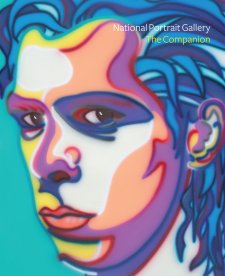
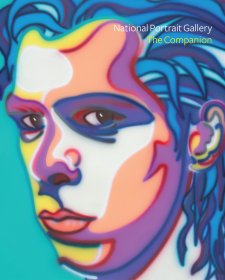
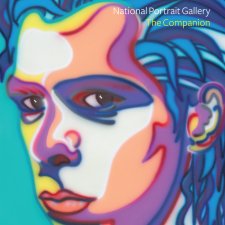
On one level The Companion talks about the most famous and frontline Australians, but on another it tells us about ourselves.
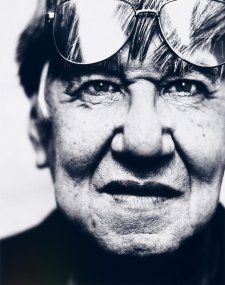
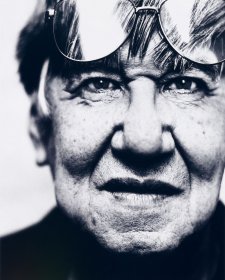

Magda Keaney speaks with Lewis Morley about his photographic career and the major retrospective of his work on display at the NPG.
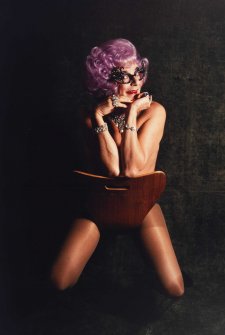
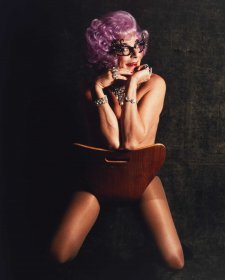
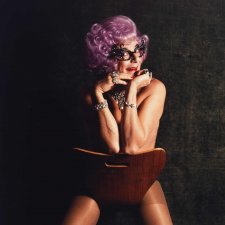
Bare: Degrees of undress celebrates the candid, contrived, natural, sexy, ironic, beautiful, and fascinating in Australian portraiture that shows a bit of skin.
The National Portrait Gallery acknowledges the Traditional Custodians of Country throughout Australia and recognises the continuing connection to lands, waters and communities. We pay our respect to Aboriginal and Torres Strait Islander cultures and to Elders past and present. We respectfully advise that this site includes works by, images of, names of, voices of and references to deceased people.
This website comprises and contains copyrighted materials and works. Copyright in all materials and/or works comprising or contained within this website remains with the National Portrait Gallery and other copyright owners as specified.
The National Portrait Gallery respects the artistic and intellectual property rights of others. The use of images of works of art reproduced on this website and all other content may be restricted under the Australian Copyright Act 1968 (Cth). Requests for a reproduction of a work of art or other content can be made through a Reproduction request. For further information please contact NPG Copyright.
The National Portrait Gallery is an Australian Government Agency